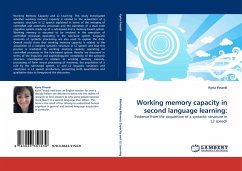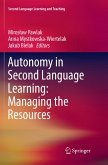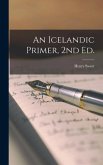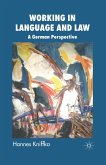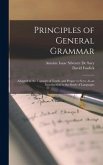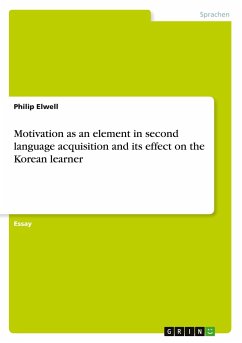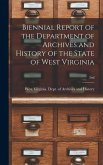Working Memory Capacity and L2 Learning. This study investigated whether working memory capacity is related to the acquisition of a syntactic structure in L2 speech explained in terms of the interplay of controlled and automatic processes and the operation of a dual code cognitive system made up of a rule-based and a memory-based system. Working memory is assumed to be involved in the execution of controlled processes operating in the rule-base system. Linguistic accounts of syntactic processing are also used to explain the data. Overall results show that working memory capacity is related to the acquisition of a complex syntactic structure in L2 speech and that this process is mediated by working memory capacity operating on controlled processes in the rule-based system. Results are discussed in terms of the linguistic and psycholinguistic complexity of the syntactic structure investigated in relation to working memory capacity, processing of form versus processing of meaning, the acquisition of a rule by the rule-based system, L1 and L2 linguistic variations and constrains in L2 speech production, presenting both quantitative and qualitative data to foreground the discussion.
Bitte wählen Sie Ihr Anliegen aus.
Rechnungen
Retourenschein anfordern
Bestellstatus
Storno

